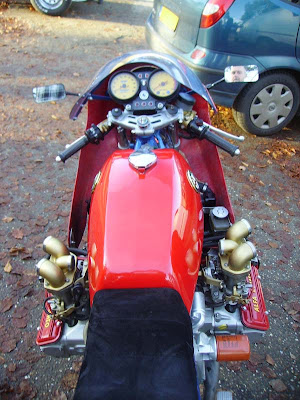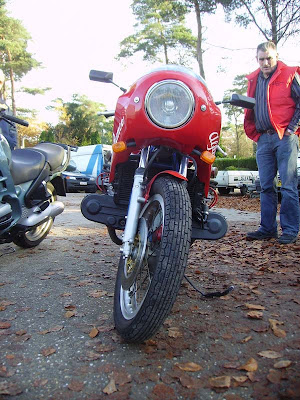Proton shares may be on the way to their biggest one-day gain in more than five years due to a report that Volkswagen may buy a controlling stake in the Malaysian car maker’s assets.
It was earlier today when reports came out that Volkswagen may buy a 51 percent stake in a newly formed unit that will own Proton’s manufacturing, research and development and engineering divisions. It was after Edge Financial Daily reported this matter when Proton stock supposedly rose as much as 21 percent
The same news report also said that Sime Darby will buy a 43 percent stake in Proton Holdings from a Malaysian state investment company, Khazanah Nasional Bhd.
The Malaysian car maker has lost half its market share after selling six out of 10 cars in the local scene 10 years ago. Right now they need a partner to develop new car technology and new models. There is an agreement with Kuala Lumpur-based Sime Darby, that they would help the government to keep Proton under local control.
“It’s positive with Volkswagen coming in,” said Jason Yap, a Kuala Lumpur-based analyst. “It’s taking over the platform, the R&D, basically controlling the whole manufacturing of Proton.”
The shares of Malaysia-based Proton went up as much as 1.2 ringgit to 7.05 ringgit and traded at 6.8 ringgit at 12:09 p.m. The stock is set for the biggest daily percentage increase since Feb. 19, 2002.
The shares of Sime Darby fell as much as 2 percent to 10 ringgit and traded at 10.1 ringgit after the Edge report said the company may pay 9.5 ringgit for each Proton share. The company also has other assets in palm oil plantations and car sales.
Ahmad Zubir Murshid, chief executive officer of Sime Darby, said he was in a board meeting and was unable to talk when contacted on his mobile phone today. While, Faridah Idris, a spokeswoman at Proton, declined to comment. Ahmad Shahizam Shariff, a spokesman for Khazanah, didn’t answer a call to his mobile phone. Andreas Meurer, a spokesman for Volkswagen, didn’t answer a call to his office outside business hours.
Malaysia’s government controls Proton through a 43 percent stake held by state investment arm Khazanah Nasional Bhd. The government has also been looking for a partner for the car maker since an alliance with Mitsubishi Motors Corp. ended in 2004. But they were not successful in reaching the self-imposed March deadline to find an alliance for Proton.
Proton was set up in 1983 by then-Prime Minister Mahathir Mohamad to promote Malaysian manufacturing. The government hasn’t explained why it missed the deadline to find a partner.
The Edge said representatives from Volkswagen, Khazanah, Sime Darby and the office of Malaysian Prime Minister Abdullah Ahmad Badawi are currently meeting in New York to complete the details of the agreement.
Proton reported last a month a loss of 591.4 million ringgit ($172 million) for the 12 months ended March 31, its first annual loss since at least 1991.









 In any case, having attended the American Wind Energy Association’s annual
In any case, having attended the American Wind Energy Association’s annual No…I’m serious. Gasoline is now so coveted in America, that folks are swapping one life-giving, all-powerful fluid for another. Yep, if you donate blood to the American Red Cross in Pennsylvania or New Jersey this summer, you’ll get a chance to win $3,500 in gas!
No…I’m serious. Gasoline is now so coveted in America, that folks are swapping one life-giving, all-powerful fluid for another. Yep, if you donate blood to the American Red Cross in Pennsylvania or New Jersey this summer, you’ll get a chance to win $3,500 in gas!

